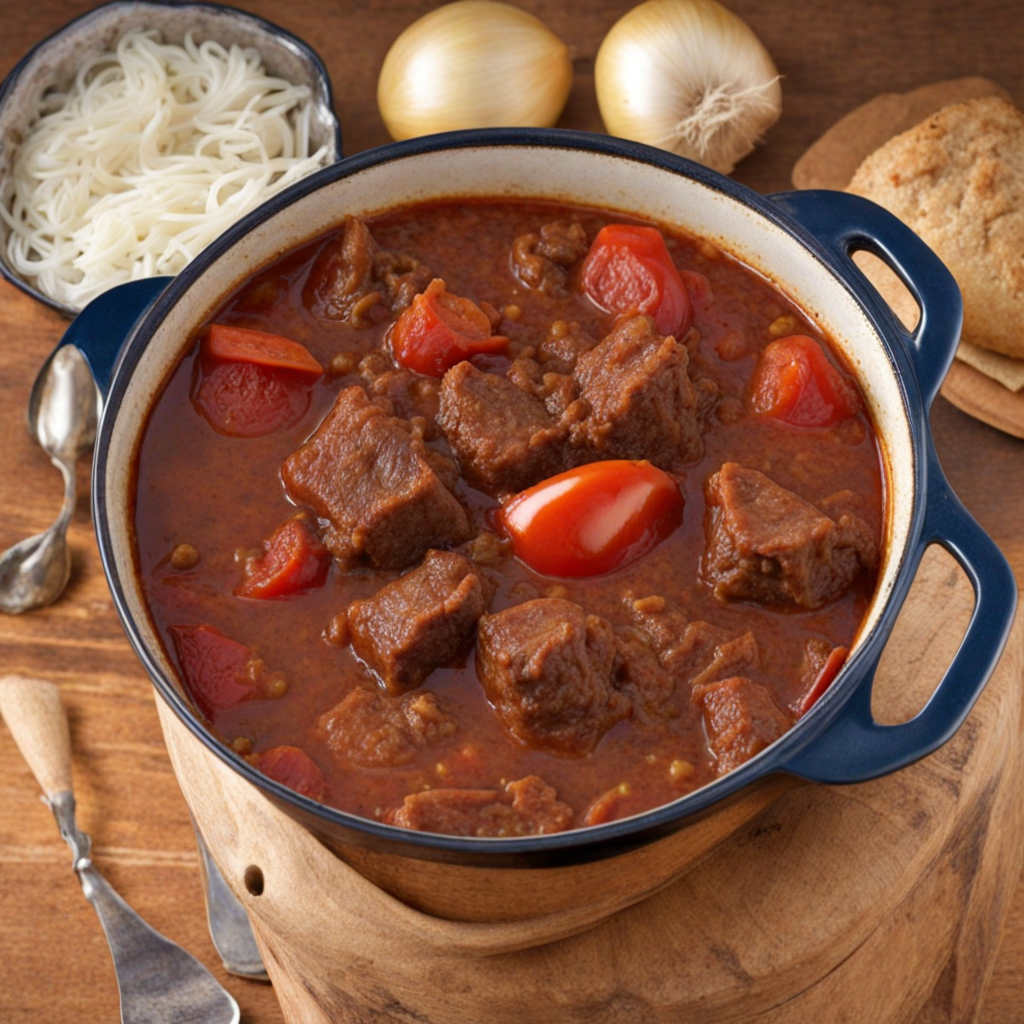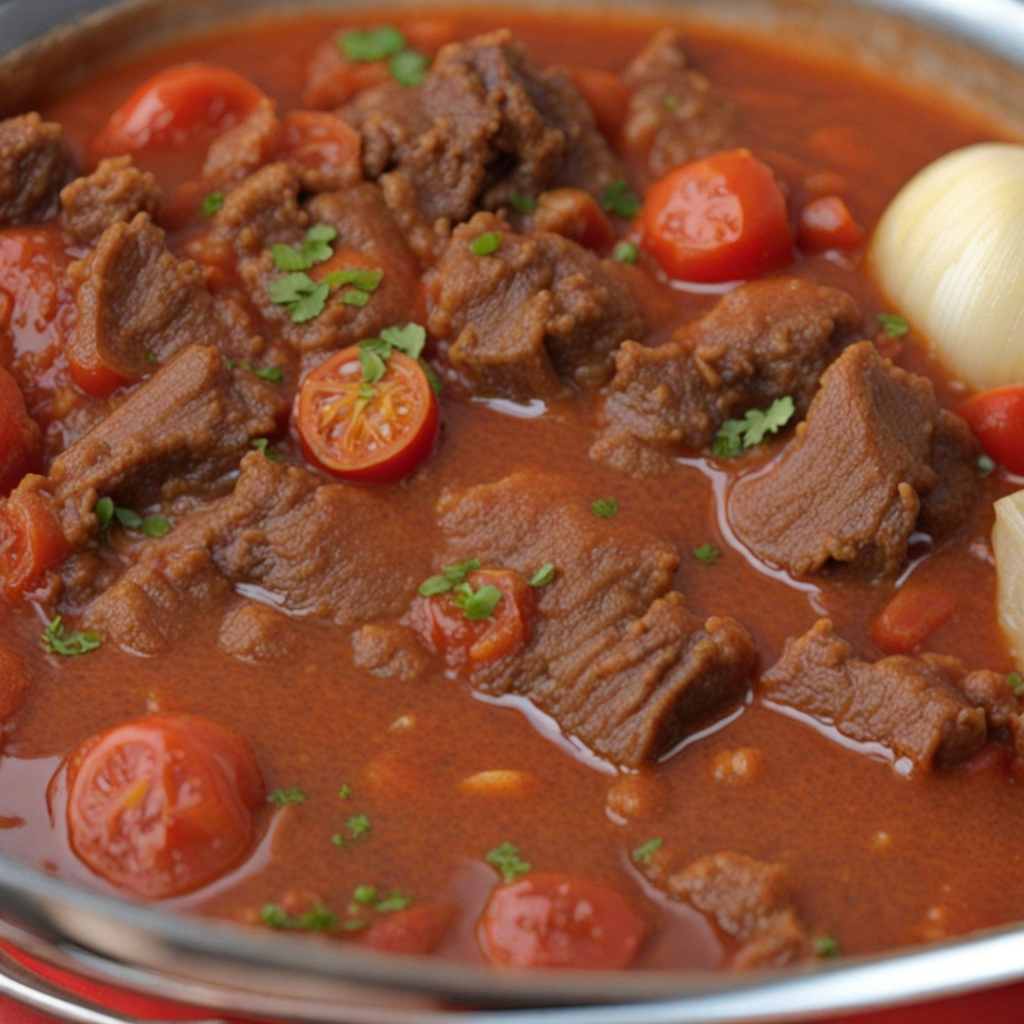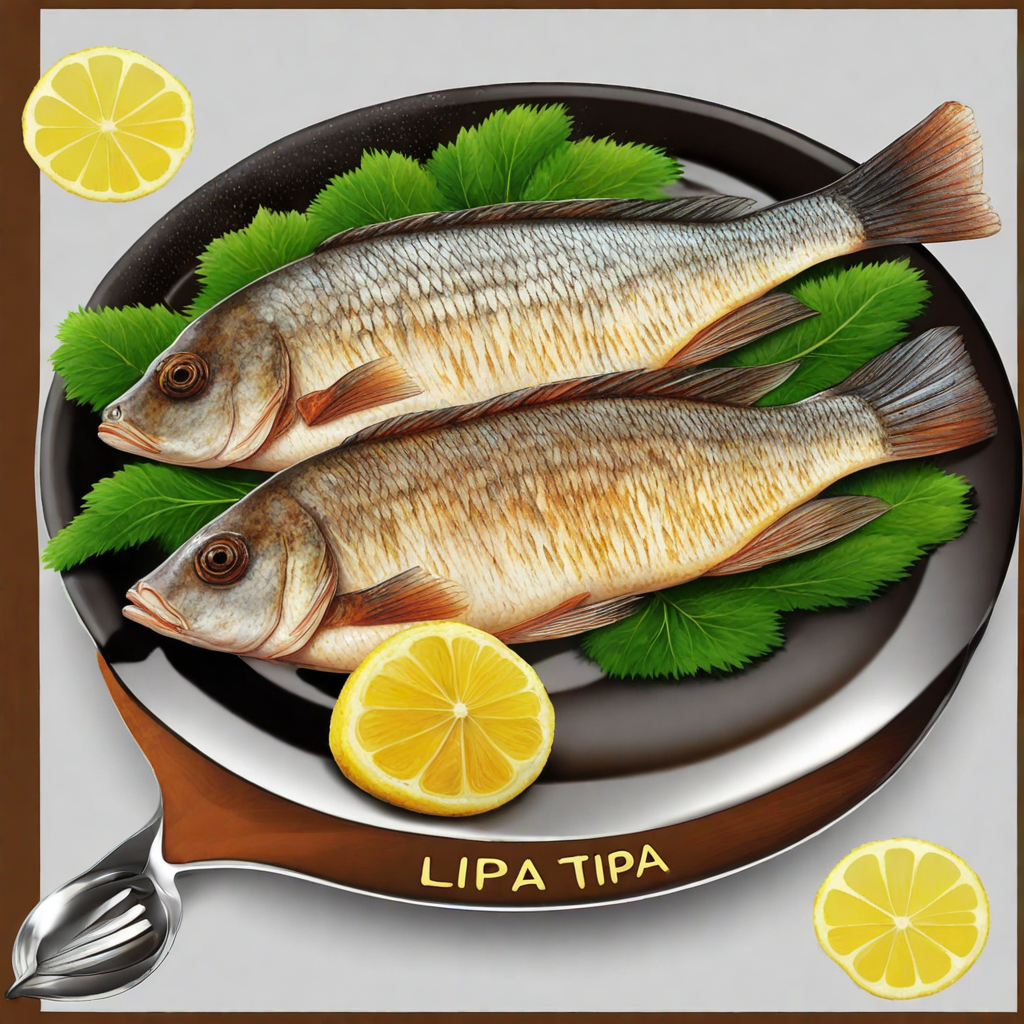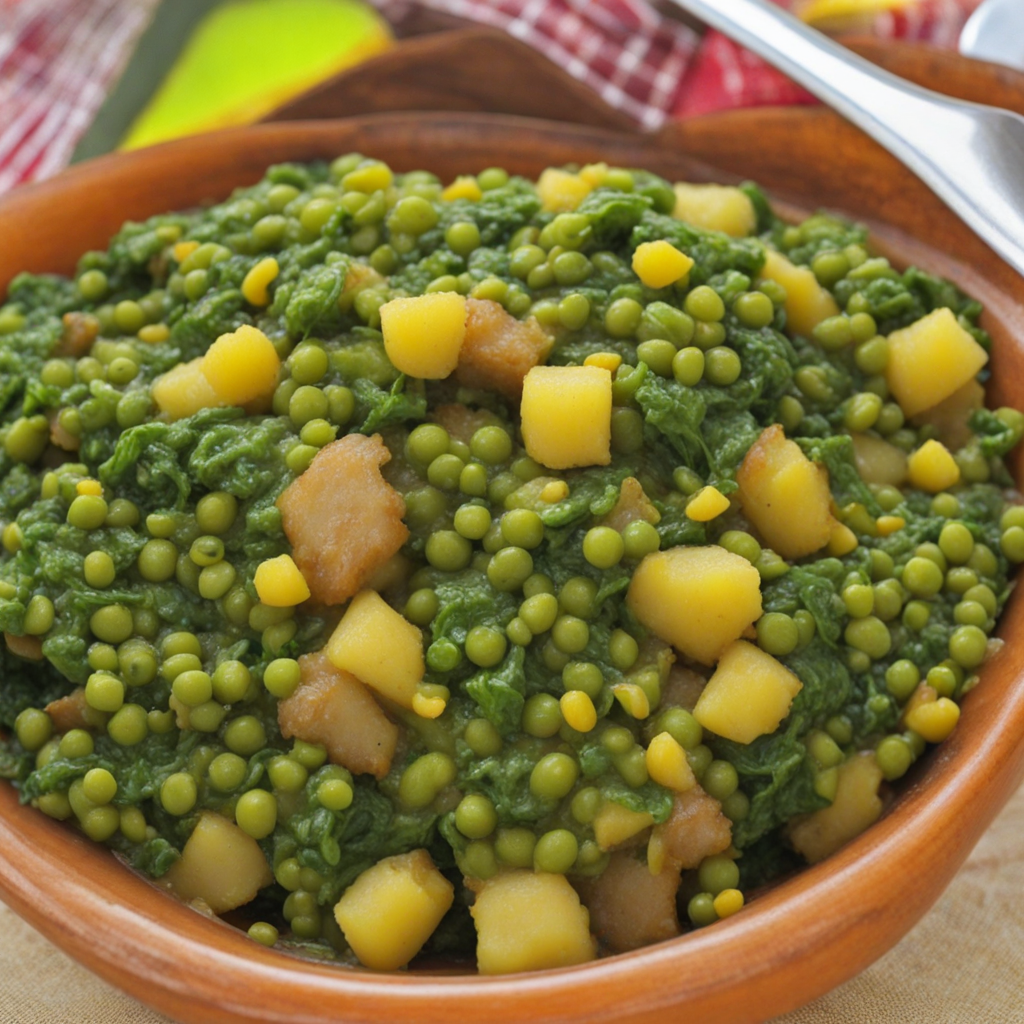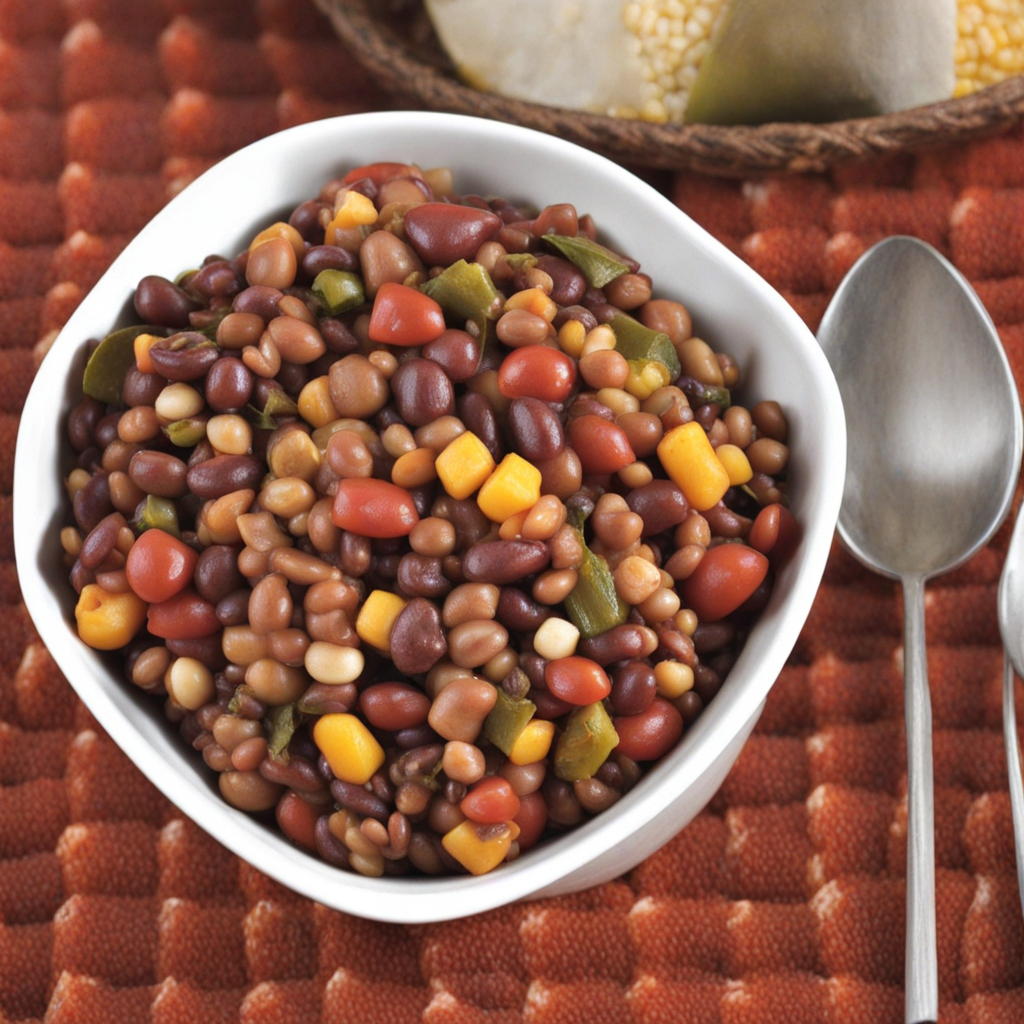Karanga
Karanga is a traditional Kenyan dish that holds a significant place in the culinary heritage of the country, particularly among the Kikuyu and other Bantu-speaking communities. This dish is synonymous with comfort food and is often enjoyed as part of communal meals during gatherings and celebrations. The name "karanga," which translates to "groundnuts" or "peanuts," hints at its primary ingredient, highlighting the importance of these legumes in both the dish and the cultural context of Kenyan cuisine. The history of karanga is intertwined with the agricultural practices of the Kikuyu people, where groundnuts were cultivated as a staple food source. Over the years, this dish has evolved, incorporating various regional influences and ingredients while remaining true to its essence. Traditionally, it was prepared during harvest seasons or special occasions, symbolizing abundance and community. Today, it is widely enjoyed across Kenya, often served alongside other staples like ugali (a maize porridge) or rice, making it a versatile dish that complements a variety of meals. Flavor-wise, karanga is a delightful fusion of earthy, nutty, and slightly sweet notes. The primary ingredient, groundnuts, lends a rich, creamy texture and a distinct taste that is both satisfying and hearty. When prepared correctly, the groundnuts are roasted to enhance their flavor, creating a delightful contrast with the dish's other components. The addition of spices, such as salt, pepper, and occasionally chili, introduces warmth and depth to the overall flavor profile, making it an appealing dish
How It Became This Dish
Origin of Karanga Karanga, a traditional food from Kenya, is a type of roasted or boiled peanut dish that has deep roots in the culinary practices of various communities across the country. Its origins can be traced back to the early agricultural societies of East Africa, where peanuts were domesticated and cultivated. The earliest evidence of peanut cultivation in Africa dates back to around the 15th century, and it is believed that the legume was brought to the region through trade routes that connected the Americas to Africa. Over time, peanuts became a staple crop in many Kenyan communities, especially among the Kikuyu, Luhya, and Kalenjin peoples. The process of preparing Karanga involves roasting the peanuts until they are golden brown, resulting in a rich, nutty flavor. While the basic preparation remains consistent, variations exist depending on regional preferences and local ingredients. For instance, some communities incorporate spices or herbs into the roasting process, while others may serve Karanga with accompaniments such as honey, salt, or chili pepper for added flavor. This versatility has allowed Karanga to adapt to various cultural contexts and culinary trends over the years. Cultural Significance Karanga holds significant cultural importance in Kenyan society. It is often associated with communal gatherings and celebrations, such as weddings, harvest festivals, and other social events. The dish serves not only as a source of sustenance but also as a medium for social interaction and bonding. When families and friends gather to enjoy Karanga, the act of sharing food fosters a sense of community and strengthens interpersonal relationships. In addition to its social role, Karanga is often viewed as a symbol of hospitality. Serving Karanga to guests is a gesture of goodwill, reflecting the host's willingness to share their resources and create an inviting atmosphere. The dish transcends social classes and is enjoyed by people from all walks of life, reinforcing its position as a unifying food within Kenyan culture. Moreover, Karanga has made its way into the realm of traditional medicine within various communities. Peanuts are rich in nutrients, and their consumption is believed to provide numerous health benefits, such as promoting heart health and enhancing energy levels. In this way, Karanga is not only a delicious treat but also a source of nourishment that plays a role in the overall well-being of individuals and communities. Development Over Time As Kenya has undergone significant social and economic changes, so too has the preparation and consumption of Karanga. In the colonial era, the introduction of new agricultural practices and crop varieties influenced traditional food systems. Many Kenyan farmers began to cultivate peanuts on a larger scale, which led to increased availability and commercialization of Karanga. This shift not only changed the way peanuts were farmed but also altered the dynamics of local markets, as roasted peanuts became a popular street food. In urban areas, the popularity of Karanga has surged due to its affordability and convenience. Street vendors often sell the dish in bustling markets, offering it as a quick snack for busy city dwellers. This commercialization has led to variations in preparation methods, with some vendors experimenting with flavor profiles and presentation to attract customers. The rise of social media has further popularized Karanga, as food enthusiasts share images and recipes, leading to a resurgence of interest in traditional Kenyan foods. The globalization of food culture has also impacted the perception of Karanga. With increased connectivity and exposure to international cuisines, younger generations of Kenyans are beginning to experiment with the dish. Fusion recipes that incorporate peanuts into salads, desserts, or savory dishes have emerged, showcasing the adaptability of Karanga in modern culinary contexts. This evolution illustrates how traditional foods can retain their essence while embracing innovation. Regional Variations While Karanga is widely recognized across Kenya, regional variations reflect the diverse cultural tapestry of the country. In coastal areas, for example, peanuts may be combined with coconut milk and spices to create a unique curry-like dish that highlights the influence of Swahili cuisine. In contrast, inland communities might prepare Karanga with local vegetables or grains, further embedding the dish within their culinary traditions. The Kikuyu people have their own unique ways of preparing Karanga, often serving it during significant cultural events or rituals. They may include additional ingredients such as maize or beans, creating heartier variations that serve as a main dish. Similarly, the Luhya community has incorporated Karanga into their traditional dishes, emphasizing its role in their agricultural practices and food systems. These regional adaptations not only showcase the versatility of peanuts but also highlight the importance of local ingredients and culinary practices. As communities continue to celebrate their unique food identities, Karanga remains a central figure in the ongoing narrative of Kenyan gastronomy. Contemporary Perspectives Today, Karanga is more than just a traditional dish; it has become a symbol of Kenyan identity and resilience. As the world grapples with issues of food security and sustainability, the humble peanut offers a solution. Peanuts are drought-resistant, making them an ideal crop for regions facing climate challenges. By promoting the cultivation and consumption of peanuts, Kenyan communities can enhance their food sovereignty while preserving their culinary heritage. In recent years, initiatives aimed at promoting indigenous foods, including Karanga, have gained traction. Food activists and chefs are working to revive interest in traditional dishes, encouraging people to reconnect with their cultural roots. This movement is not only about preserving culinary traditions but also about supporting local farmers and promoting sustainable agricultural practices. As a result, Karanga has found its way into contemporary restaurants and menus, often presented with a modern twist. Chefs are experimenting with new flavor combinations and presentation styles, reimagining the dish for a global audience while honoring its traditional roots. This blending of old and new reflects a broader trend in the culinary world, where traditional foods are celebrated and elevated to new heights. In summary, Karanga is a dish deeply embedded in the cultural fabric of Kenya, with a rich history that reflects the agricultural practices, social dynamics, and culinary innovations of the nation. From its humble origins to its contemporary adaptations, Karanga continues to be a beloved food that nourishes both body and soul, bridging generations and communities through the shared experience of food.
You may like
Discover local flavors from Kenya


